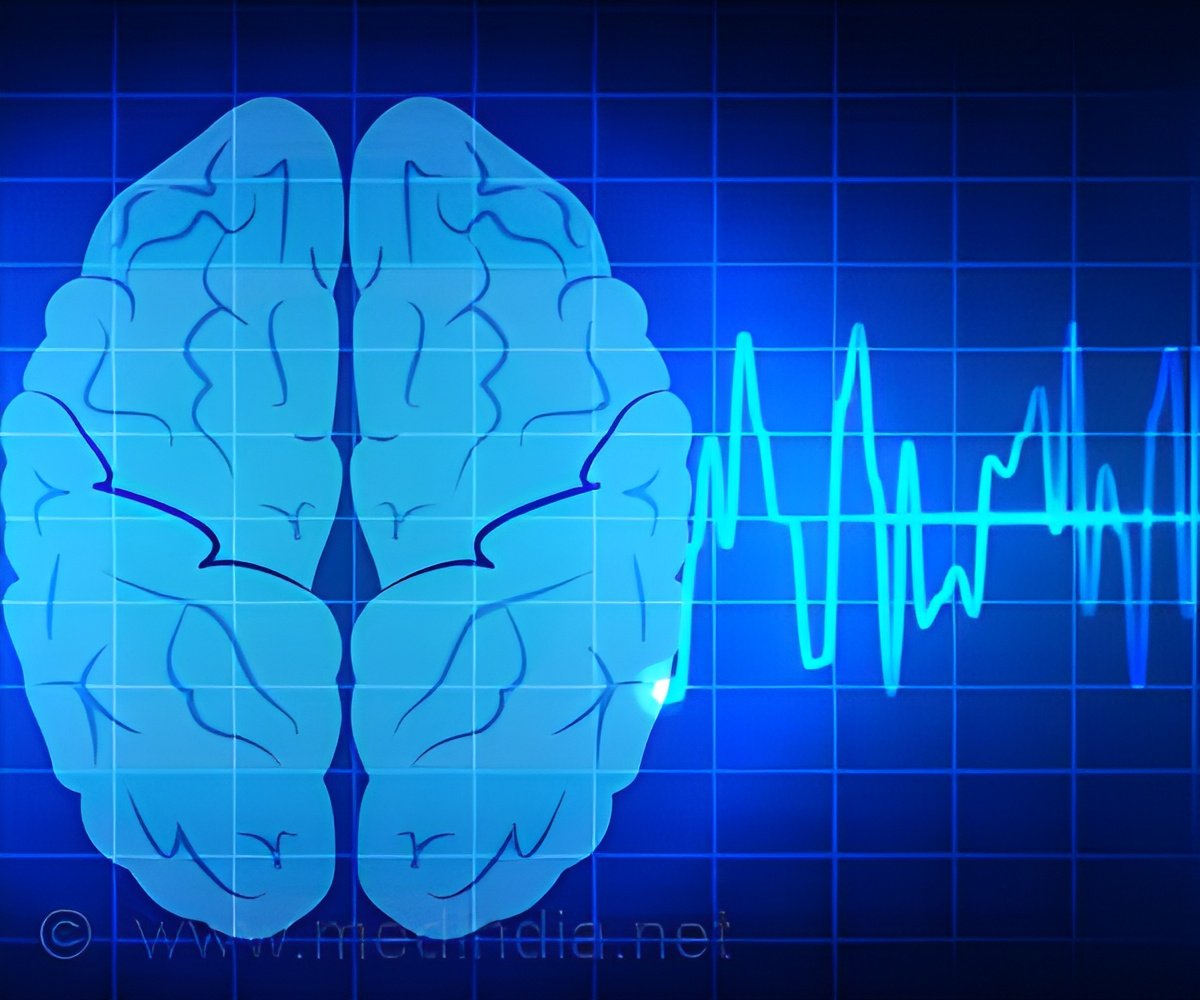
Mathematical model developed by scientists at Immanuel Kant BFU captures the dynamics of the human brain during epilepsy, offering insights into seizure evolution and facilitating more effective epilepsy treatments (1

International League Against Epilepsy
).
The model faithfully mimics seizure-associated brain activity and incorporates diverse neuron and cell interactions as published in Physical Review magazine.
Epilepsy mortality rates are two to three times higher than the general population, with sudden unexpected death in epilepsy (SUDEP) being a significant concern.
#epilepsy #seizuremodel, #brainactivity
’
During ordinary brain function, excitatory and inhibitory inputs that are transmitted between neurons counterbalance each other. However, in disorders such as epilepsy strong excitatory impulses are formed in certain parts of the brain.
As a consequence, an entire region of the brain is being seized by excessive stimulation, and the person has convulsions.
Due to the fact that a large number of brain cells are involved during an epileptic seizure, scientists have failed to fully describe the development of the state. As a result, the development of an effective treatment is falling back.
Immanuel Kant BFU’s Brain Model
Scientists at Immanuel Kant Baltic Federal University (Kaliningrad), the Indian Statistical Institute (Kolkata, India), and the Catholic University of Leuven (Leuven, Belgium) have developed a model that replicates brain activity during an epileptic seizure.
Its feature is that compared to other programs that describe the process of transmission of nerve impulses in the human brain and take only individual pairwise interactions between cells into account, it describes multiple connections, including interactions between neurons and supporting brain cells — glial cells.
Advertisement
It is crucial to take them into account because the disruption of neuron-glial interaction is considered a key contributor to the development of epilepsy.
As a result, the researchers have obtained a model whose components form a net resembling a human brain’s neural and glial cell network.
Advertisement
With that, the scientists have set up connections between elements so that the signals would spread spontaneously and in sync.
Such a model of behavior reflected hypersynchronous activity during an epileptic seizure and is very similar to processes that occur during an epileptic attack.
“Later on, we are planning to enhance our model by considering a more realistic approach to modeling brain nerve cells. We are also interested in the issue of considering the most accurate interactions between different brain cells for the best understanding of processes in an epileptic brain. It is likely that our model may be interesting for testing the effects of different anti-epileptic drugs on our brain”, — says Alexander Khramov, Doctor of Physics and Mathematics, chief scientific officer of The Baltic Centre for neurotechnologies and Artificial Intelligence at BFU named after Immanuel Kant.
Reference:
- International League Against Epilepsy
– (https://www.epilepsydiagnosis.org/)
Source-Newswise



